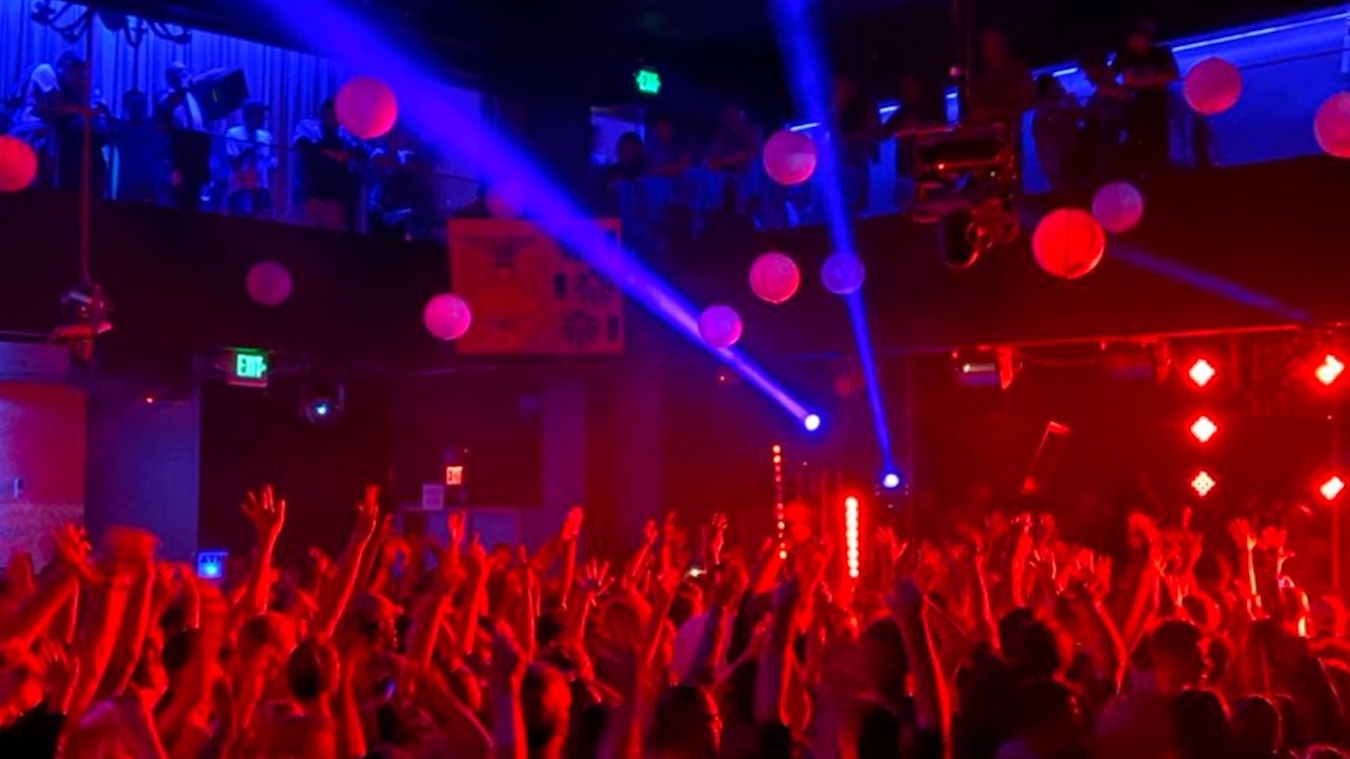by Brian Hioe
語言:
English
Photo Credit: Book Cover
The following article originally appeared on Electric Soul, a Hong Kong-based electronic music magazine and ticketing platform, on March 15th.
DANCE MUSIC SPACES: Club, Clubbers, and DJs Navigating Authenticity, Branding, and Commercialism, by Danielle Antoinette Hidalgo, aims to add to the relatively sparse genre of English-language ethnographies of dance music from a sociological perspective. Apart from examining dance spaces, the work focuses on three female artists, Peggy Gou, Honey Dijon, and The Blessed Madonna (formerly known as Black Madonna) in terms of how the three balance authenticity and commercialism.
It is successful in this effort, although what emerges is distinctively participation in the party scene from the level of an average clubgoer, rather than from the party organizing or music production side of things. Most of Hidalgo’s fieldwork is in club spaces listening to music, which she dovetails with analysis of Gou, Honey Dijon, and The Blessed Madonna.
This works well enough, with Hidalgo offering a typology of the three artists near the end of the book. Nevertheless, in some way, it does appear that Hidalgo valuates the three artists, seeing them as figures that navigate the interstices between creativity and commercialism in their own way. It is a telling moment that Hidalgo largely passes over a controversy in which Gou was criticized by fellow DJ Daniel Wang as a moment of Gou being targeted by the patriarchy, when the moment is worth parsing out as a conflict between two Asian DJs navigating Euro-American club spaces; it is not as though Gou were criticized by a white, male, straight DJ, after all, even if there may have been an element of contending for social capital between the two DJs.
In terms of her discussion of club spaces themselves, Hidalgo discusses topics ranging from the use of cell phones as disrupting the environment or atmosphere of clubs, to the harassment of women that sometimes does occur in clubs. The latter point is a strong suit of the book, with Hidalgo outlying some of the harassment that does occur in club spaces–something touched on in much of the previous literature, but not in such detail.
There are some relative shortcomings, in that Hidalgo largely describes underground spaces as free of the sexually-charged nature of some more commercial venues. There is less discussion of dark rooms for making out and sex; though this comes up, this is relatively passed over. In this sense, other notable omissions of Hidalgo’s discussion of club culture involve discussing clubs that reject potential entrants versus those that do not, and other distinctions to be found in the underground.
Hidalgo has a clear emphasis on house and not techno, trance, or other forms of music, as well. But Historical transitions in the club scene could have also been drawn out further, particularly given Hidalgo’s experiences as a raver before the rise of social media, and seeing as she focuses a great deal on Gou, The Blessed Madonna, and Honey Dijon in terms of their social media presence.
What Dance Music Spaces does well is to draw out the experiential nature of clubbing, acknowledging that this is an aspect that the previous literature has left out, in many ways. This is accomplished by injecting discussion in an academic tone with first-person narratives of Hidalgo’s experiences clubbing. The book begins with this point and Hidalgo is clear on her intent to foreground the experiential aspect of clubbing in her ethnography, rather than stick to only the observations that are less grounded in personal experience. In this sense, the book is a worthy contribution to a relatively limited field.



